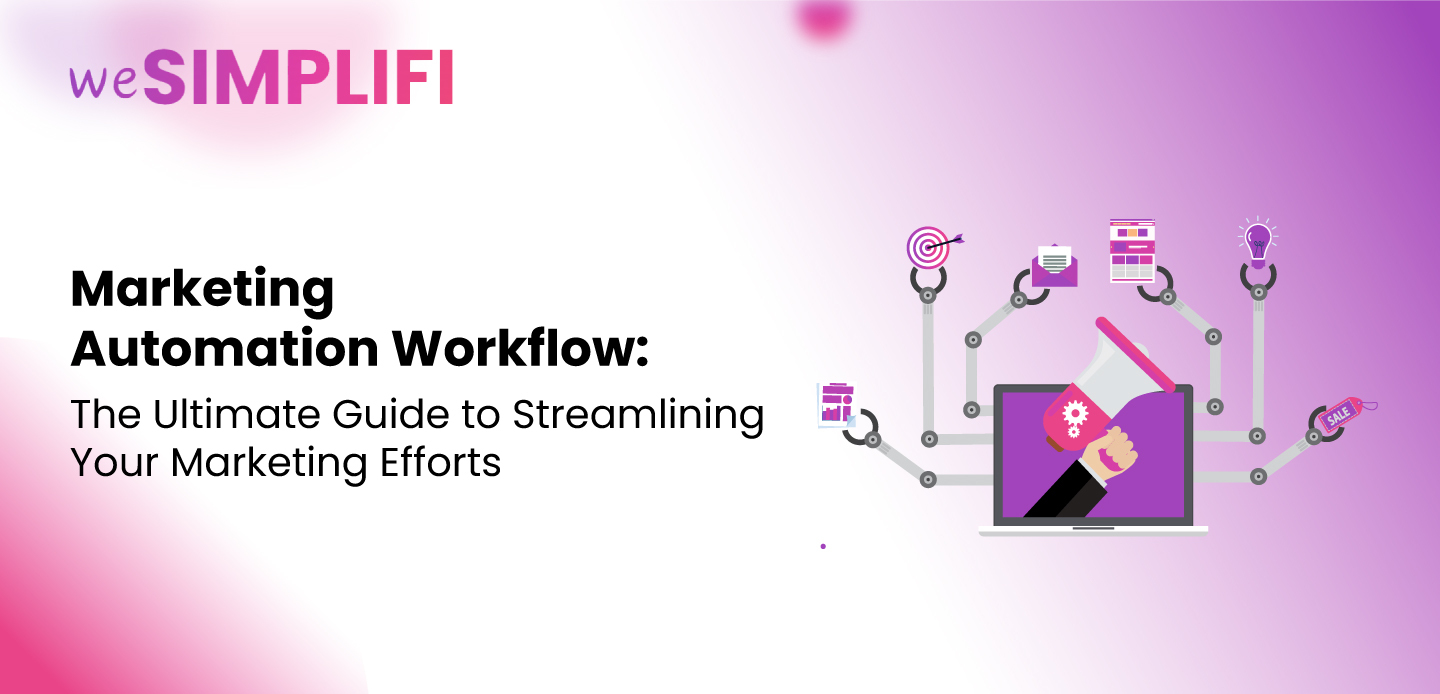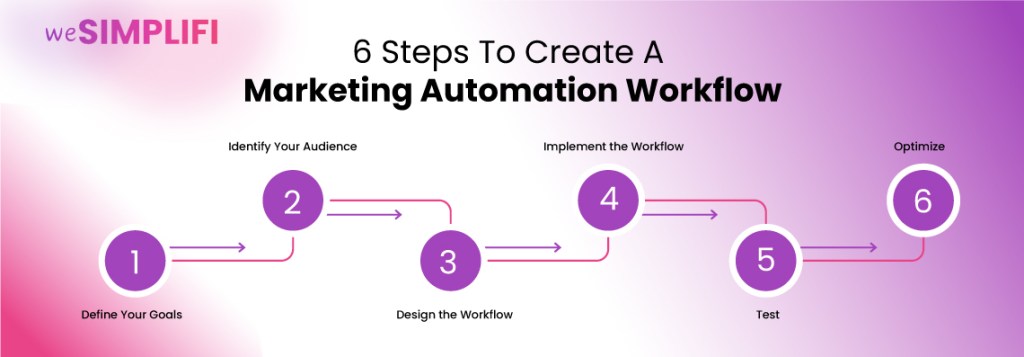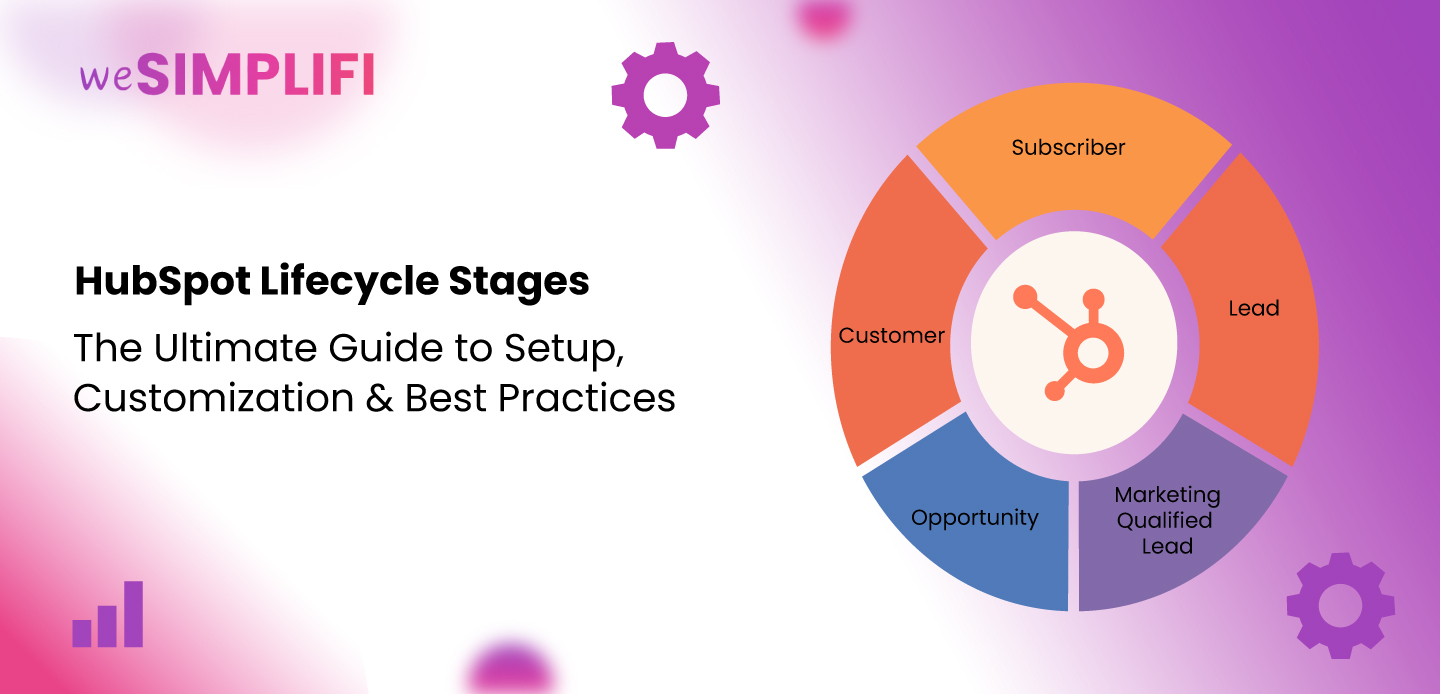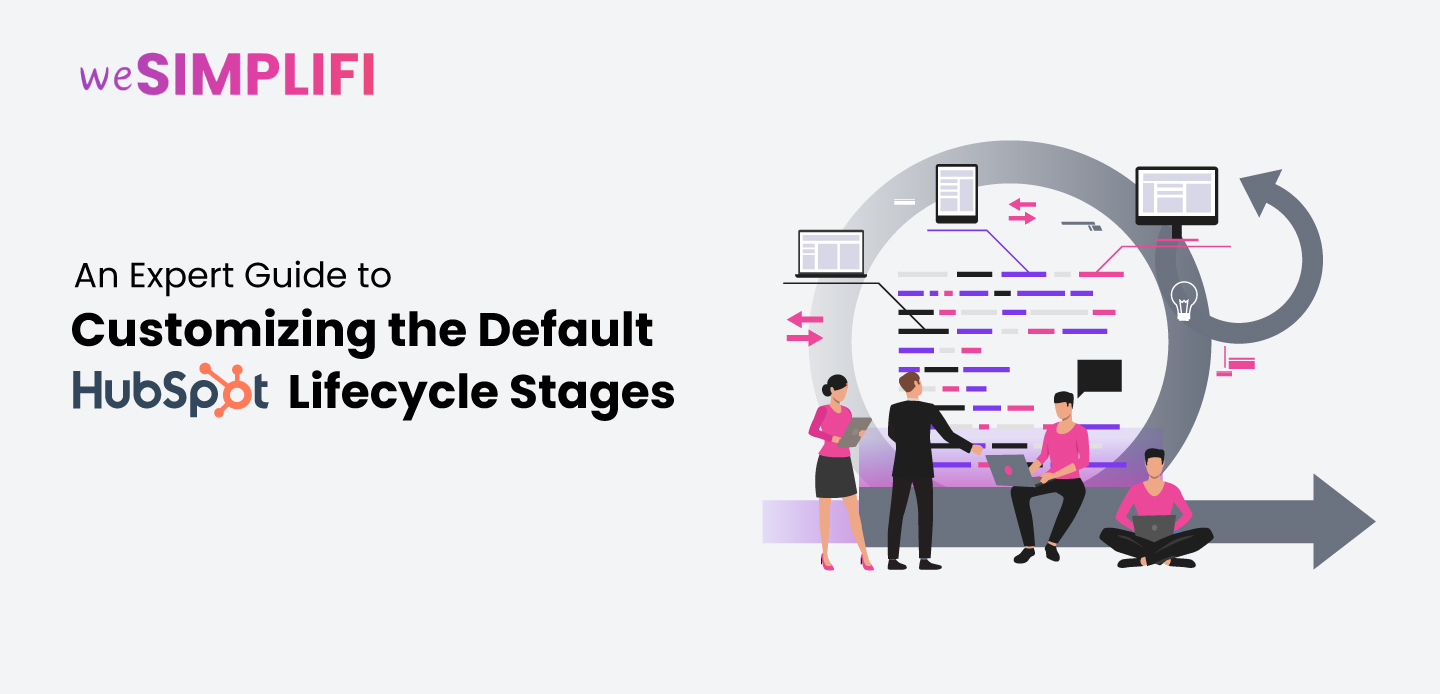Marketing Automation Workflow: The Ultimate Guide to Streamlining Your Marketing Efforts

Introduction
In the fast-paced world of digital marketing, efficiency is the name of the game. As businesses strive to enhance their marketing efforts, marketing automation workflows have emerged as a powerful tool to simplify processes and boost results. Whether you’re a small startup or an established enterprise, implementing a workflow marketing can save time, increase productivity, and improve the overall customer experience. In this guide, we’ll cover everything you need to know about marketing workflow, from what they are to how you can set them up to drive better results. Ready to revolutionize your marketing processes? Let’s dive in.What Is a Marketing Automation Workflow?
A marketing workflow automation is a series of automated actions triggered by specific user behaviors or predefined conditions. These workflows are designed to streamline repetitive marketing tasks such as sending emails, nurturing leads, segmenting contacts, and tracking user engagement, all while ensuring personalized communication. For example, if a lead downloads an eBook from your website, a well-designed automated marketing workflow can send a follow-up email thanking them for their interest, followed by additional relevant content to nurture their interest over time.Why Are Marketing Workflows Important?
Implementing marketing automation workflows is crucial for several reasons:- Saving Time: Automating repetitive tasks through automated marketing workflows allows your team to focus more on strategic efforts. With marketing workflow automation, tasks like email marketing, follow-ups, and reporting become more streamlined, increasing overall efficiency.
- Increasing Efficiency: Consistent communication and follow-ups with your leads and customers are essential. By using marketing workflow management software and marketing workflow tools, businesses can create optimized marketing automation workflows to ensure no opportunity is missed.
- Improving Personalization: Personalization is at the heart of successful marketing. Through email automation workflows and visualized automation scenarios, you can deliver tailored content based on user behavior, preferences, and past interactions.
- Enhancing Lead Nurturing: Effective marketing automation workflows guide prospects through the sales funnel efficiently. With tools designed for marketing workflow automation, you can create customized nurturing sequences to drive conversions.
- Boosting Revenue: By deploying well-designed marketing workflows and automated marketing workflows, you can convert more leads into paying customers. Utilizing data from product events marketing automation, you can trigger precise workflows aimed at revenue growth.
Key Components of a Workflow Automation
Key components of a workflow automation creating an effective workflow strategy involves four critical components:- Triggers: Actions or conditions that initiate the automated marketing sequences, such as a user engaging with product events or subscribing to a newsletter.
- Conditions: Criteria that determine what happens next, such as optimizing marketing automation workflows by checking if the user opened a previous email or interacted with your marketing campaign workflow.
- Actions: Automated marketing workflow tasks performed, like sending personalized follow-up emails, assigning leads to the sales team, or integrating marketing workflow tools for seamless execution.
- End Goal: The desired outcome of the automated marketing workflow, like converting a lead into a paying customer or enhancing the overall user experience.
Types of Automated Marketing Sequences
To effectively implement a Marketing Automation Workflow , it’s crucial to understand the various types available and their purposes. Let's dive into some of the most effective ones:- Welcome Workflows: Engage new subscribers with a series of introductory emails, setting expectations and guiding them toward desired actions. This is an essential part of a well-rounded marketing workflow.
- Lead Nurturing Workflows: Provide valuable content to guide leads through the buying process, from awareness to conversion. These marketing automation workflows are crucial for building relationships and driving prospects down the funnel.
- Re-engagement Workflows: Target inactive contacts to revive their interest through personalized messaging. This marketing automation workflow helps keep your database healthy and engaged.
- Transactional Workflows: Confirm orders, provide shipping updates, and handle other transactional communications. Such workflows enhance user experience by providing timely, automated responses.
- Sales Follow-Up Workflows: Assist the sales team in closing deals through automated follow-up emails, task assignments, and contact updates. Effective use of email automation workflows and task automation can enhance sales productivity.
- Event-Based Workflows: Triggered by user interactions like product demos or webinar sign-ups. This form of marketing automation workflow ensures timely follow-ups, enhancing engagement and conversion rates.
- Product Events Marketing Automation: Automatically interact with users based on their product engagement, providing personalized messages or recommendations. This approach makes use of marketing automation examples designed to enhance user experience.
- Email Automation Workflows: Enhancing user engagement through targeted email communication. Using marketing workflow tools to segment and personalize your messaging can improve click-through and conversion rates.
- Marketing Campaign Workflows: Optimizing marketing campaign workflow for better performance by streamlining tasks, scheduling, and monitoring. Effective marketing workflow automation is key to scaling marketing efforts efficiently.
- Visualizing Marketing Automation Scenarios: Creating diagrams or maps to visualize marketing automation scenarios helps better understand and enhance your automated marketing workflow.
 By using these various types of marketing workflows , businesses can streamline operations, improve engagement, and boost conversion rates. Implementing a robust marketing workflow management software or marketing workflow software can significantly enhance the efficiency of your campaigns.
By using these various types of marketing workflows , businesses can streamline operations, improve engagement, and boost conversion rates. Implementing a robust marketing workflow management software or marketing workflow software can significantly enhance the efficiency of your campaigns.
Example of a Customized Marketing Automation Workflow
To bring this to life, here’s a simple example of a customized marketing automation workflow for a B2B SaaS business:
Trigger: Visitor downloads a lead magnet (e.g. a whitepaper)
Condition: Is the visitor new or a returning lead?
Action:
- If new: Send welcome email + product overview
- If returning: Send case study related to the whitepaper topic Next Step: Assign high-engagement leads to a sales rep
Goal: Book a discovery call
By customizing workflows based on lead behavior and journey stage, you can dramatically increase engagement and shorten the sales cycle. This is what sets apart basic automation from smart, revenue-driven marketing workflows.
How To Create A Marketing Workflow Strategy
Building an effective marketing automation workflow requires the following steps:- Define Your Goals: Identify what you want the workflow to achieve.
- Identify Your Audience: Segment your audience based on their needs and preferences.
- Design the Workflow: Map out triggers, conditions, and actions using workflow marketing automation tools.
- Implement the Workflow: Use tools like HubSpot, or Marketo for setup.
- Continuously monitor performance and optimize as needed.
Best Marketing Automation Tools for Workflows
Some popular tools for designing and implementing marketing automation workflows include:- HubSpot (Recommended)
- Marketo Workflows
- Active Campaign
Best Practices for Marketing Automation Workflows
- Keep workflows simple and goal-oriented.
- Regularly review and update your workflows.
- Personalize your messages to enhance user experience.
- Utilize data analytics to improve performance.
- Use marketing workflow templates for streamlined processes.
- Visualize automation scenarios for better understanding and planning.
Leveling Up Your Marketing Emails with Smart Content Rules
In the realm of marketing automation workflows, personalization is key . One powerful way to achieve this is through the use of Smart Content Rules , which allow you to deliver highly customized messages based on user interests, industries, or behaviors. By implementing Smart Content Rules within your marketing automation workflow , you can effectively segment audiences and provide them with content that resonates specifically with their needs and preferences. For example, a visitor from the tech industry might receive different messaging than someone from the healthcare sector, even if they interact with the same email sequence. This level of personalization enhances engagement rates and drives more meaningful conversions. It also helps nurture leads more effectively by providing them with the right content at the right time. Additionally, integrating dynamic content rules into your automated marketing emails allows you to adapt your messages at various stages of the customer journey. Whether it's a welcome email, nurturing sequence, or re-engagement campaign, Smart Content ensures that your messaging remains relevant and impactful throughout the entire workflow. Incorporating Smart Content Rules into your marketing automation workflows not only boosts your overall campaign performance but also strengthens your relationship with prospects and customers by delivering a truly tailored experience.Ready to Transform Your Marketing with Automation?
At wesimplifi , we specialize in building customized workflows automation that drive real results. Whether you’re looking to nurture leads, streamline your sales process, or enhance your customer experience, our experts are here to help. Contact wesimplifi today to discuss how we can help you streamline your marketing efforts with customized marketing automation workflows !FAQs About Marketing Automation Workflows
Q. What is a marketing workflow?
A marketing workflow is a structured sequence of steps that guides how marketing tasks—like sending emails, updating contacts, or scoring leads are executed. It helps keep your campaigns consistent, efficient, and results-driven.
Q. What is a marketing automation workflow?
It’s a set of automated marketing actions triggered by user behavior or predefined rules. These workflows help streamline and personalize your outreach without manual effort.
Q. How do I streamline my marketing workflow?
Use marketing automation software (like HubSpot or ActiveCampaign), segment your audience, and map out key stages where automation adds value like onboarding, lead nurturing, and re-engagement.
Q. Can I automate my entire marketing process?
You can automate many parts—emails, lead scoring, task assignments, follow-ups—but creative strategy, messaging, and content creation still need the human touch.
Q. What is marketing workflow management?
It involves planning, executing, and optimizing your automation strategy to align with business goals. This includes choosing the right tools,csetting KPIs, and refining workflows over time.


